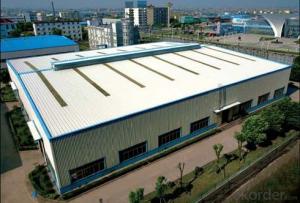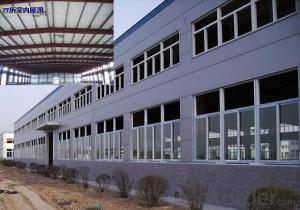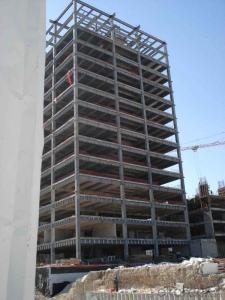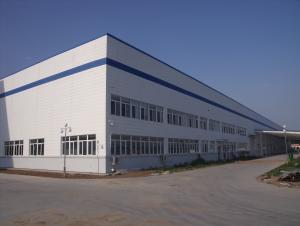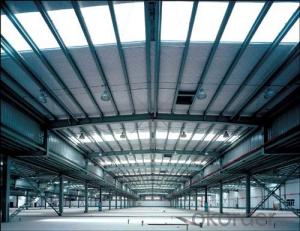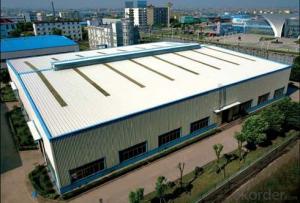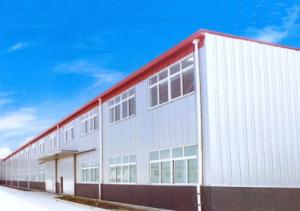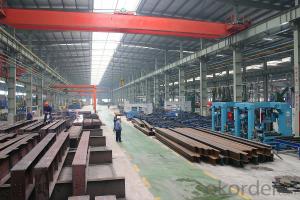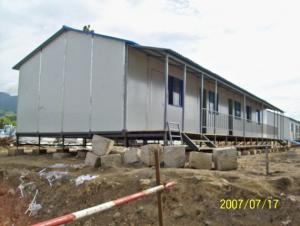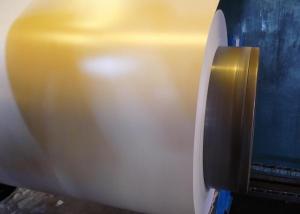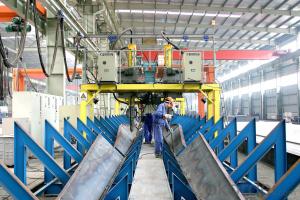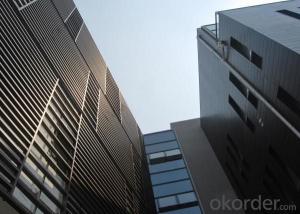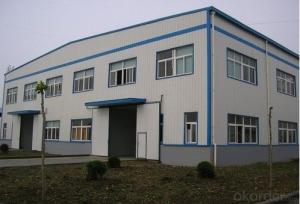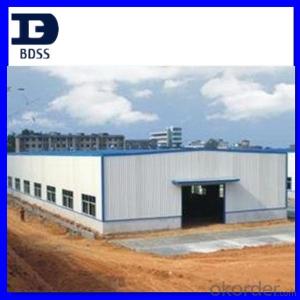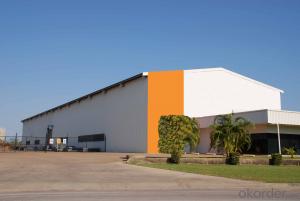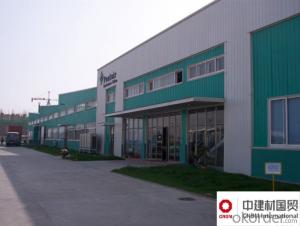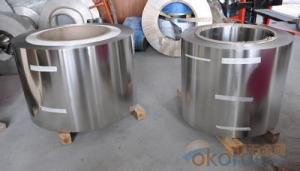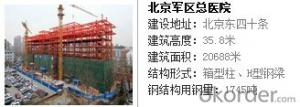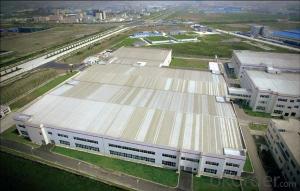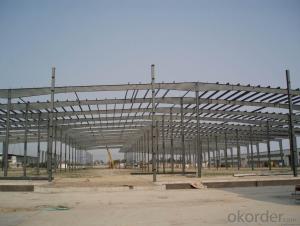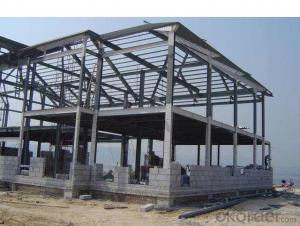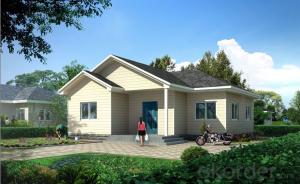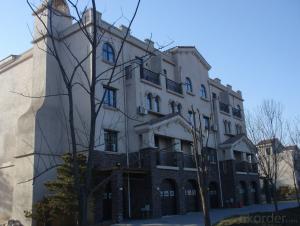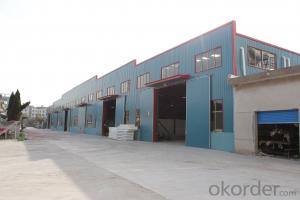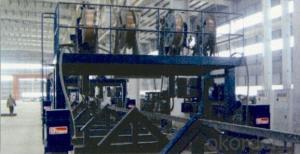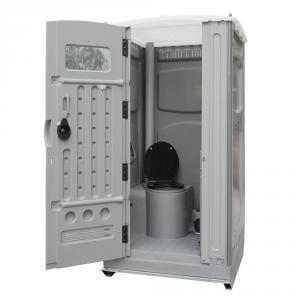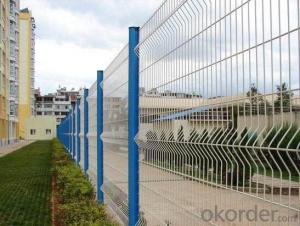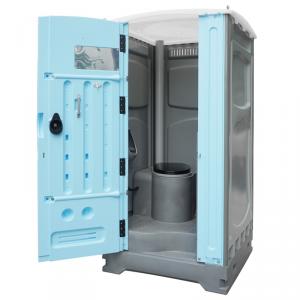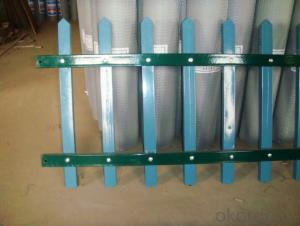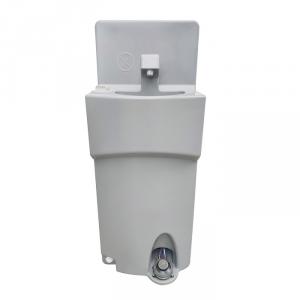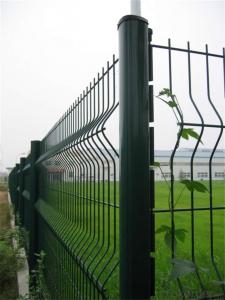Pre Engineered Steel Structure
Pre Engineered Steel Structure Related Searches
Pre Engineering Steel Structure Stainless Steel Structure Engineered Steel Buildings Splice In Steel Structure Grey Cast Iron Structure Steel Formwork System Components Of Stainless Steel Pre Drilled Flat Bar Stainless Steel Fabrications Stainless Steel Primer Stainless Steel Elements High Speed Steel Forging Stainless Steel Composition Of Stainless Steel Painted Galvanized Steel Stainless Steel Background Stainless Steel Texture Stainless Steel Composition Properties Of Stainless Steel Prefabricated Housing Modules Stainless Steel Sheeting Quilted Stainless Steel Colored Stainless Steel Sublimation On Stainless Steel Custom Stainless Steel Drilling Into Stainless Steel Stainless Steel Screening Surgical Stainless Steel 3d Printed Stainless Steel Stainless Steel RestorationPre Engineered Steel Structure Supplier & Manufacturer from China
Pre Engineered Steel Structure is a type of construction system that utilizes prefabricated steel components, offering a cost-effective and efficient solution for various building projects. These structures are known for their strength, durability, and adaptability, making them suitable for a wide range of applications. They are commonly used in the construction of industrial facilities, warehouses, commercial buildings, and even residential structures due to their ability to withstand harsh weather conditions and provide a stable, long-lasting framework.The Pre Engineered Steel Structure is particularly advantageous in scenarios where rapid construction is required, as the components can be manufactured off-site and assembled quickly on location. This not only speeds up the construction process but also minimizes disruption to the surrounding environment. Additionally, these structures are highly customizable, allowing for the creation of unique designs that cater to specific client needs and preferences. This flexibility, combined with their inherent sustainability and energy efficiency, makes Pre Engineered Steel Structures an increasingly popular choice in the construction industry.
Okorder.com is a reputable wholesale supplier of Pre Engineered Steel Structures, boasting a large inventory that caters to the diverse needs of clients worldwide. With a commitment to quality and customer satisfaction, Okorder.com ensures that each Pre Engineered Steel Structure is manufactured to the highest standards, providing a reliable and robust solution for any construction project.
Hot Products
